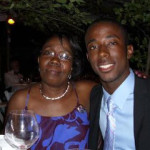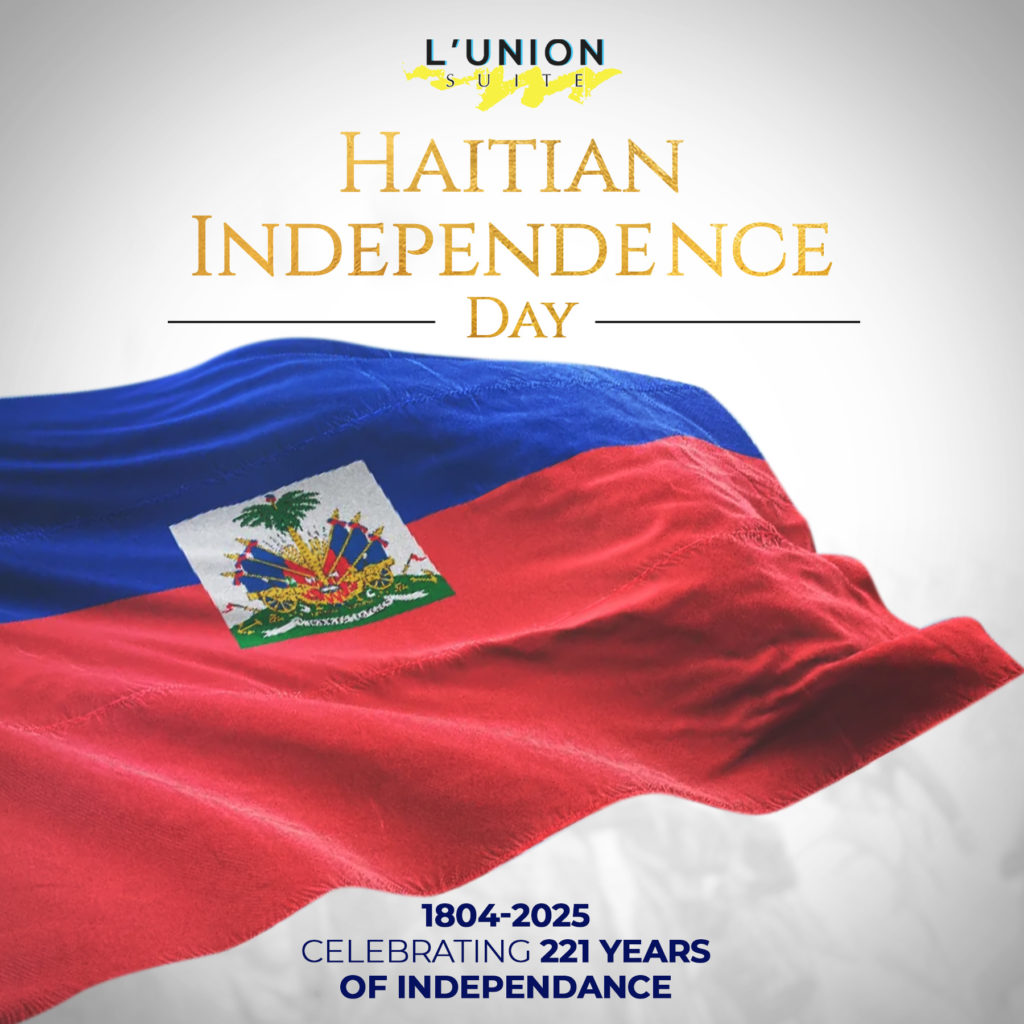
According to HuffingtonPost:
Every foreigner landing at Port-au-Prince airport is greeted — before even reaching passport control — by the sound of a band playing traditional twoubadou music, but on January 23 the fanfare was amped up. Passengers climbing out of a flight from Canada were greeted in person by Minister of Tourism Stephanie Villedrouin and the Haitian press. What marked these visitors out for special treatment? They were traveling with the mass-market operator Transat on the first package tour to come to Haiti for over 25 years.
The hope was and is that mass-market tourism could return to the Caribbean isle. But for Haiti to overcome its damaging history and the devastation of the 2010 earthquake and become a tourist destination will require a lot to go right.
Haiti has been here before. In the late 1940s and 50s, tourists began to flock to Port-au-Prince. The city’s waterfront area was redeveloped as part of the city’s bicentenary and American cruise ship passengers could walk from the docks to the famous Moorish-styled Iron Market to buy Haitian art and mahogany. In the evenings they would dance and gamble in waterfront clubs or watch a pre-packaged “Voodoo” show. The more rarefied followed the likes of Truman Capote and Noel Coward to the gingerbread Hotel Oloffson, later immortalized in Graham Greene’s The Comedians.
That novel painted the dark night of the rule of Francois “Papa Doc,” which snuffed out Haiti’s first brief tourist boom. Holidaymakers returned in the 1970s, when his son Jean-Claude took the reigns of power. Package tourists flocked to the country’s new beach resorts; Bill and Hillary Clinton honeymooned here. For some people, a Haitian holiday was a byword for licentiousness – sex tourism, shotgun weddings, quickie divorces — but the country’s proximity to the USA made the place a hot attraction until the regime fell in 1986..
I first visited Haiti in 2007, to work on a guidebook to Hispanola, divided into sections on Haiti and the Dominican Republic. It seemed an odd fit — the DR attracted some of the largest numbers of tourists in the Caribbean with its promise of all-inclusive resorts, while the departure lounges for flights to Port-au-Prince seemed full of aid workers and missionaries. Holidaymakers were distinctly thin on the ground. It was hard to know what to expect from a country like that. It was hard to know who would read my guide.
Haiti, it’s fair to say, completely blindsided me. On that first trip I travelled the breadth of the county, squeezed into rickety buses or perched on the back of motorbike taxis. I attended Fet Gede, the Vodou festival of the dead, where devotees of Baron Samedi drank rum and danced in cemeteries. I visited the Sainte Trinité Cathedral, with its glorious murals that told the story of Christ as imagined in a Haitian milieu. On that front I was lucky, as the cathedral was reduced to rubble in the earthquake.
Most amazingly of all, I visited the imposing mountaintop castle of the Citadelle, near the second city of Cap-Haïtien. Haitians regard it as the Eighth Wonder of the World, and it’s not hard to see why. It is the largest fortress in the Americas, built to repel the armies of Napoleon by the revolutionary leader Henri Christophe, who later crowned himself king of the country. With several hundred cannons and space enough for a garrison of 5000 troops, it sits atop a giant crag like a battleship cresting the waves. In the Americas only Machu Picchu can compare in grandeur. At its foot is Christophe’s palace of Sans Souci, a ruined Versailles in the Caribbean. Together, they receive just a handful of visitors a day, who trek up to the battlements on mules.
Anywhere else in world this place would be packed with tourists. Anywhere else, this sort of beauty would be earning much-needed revenue for the local population and government alike.
It’s a black joke that Haiti is one of those countries that is never mentioned without its own tagline — poorest country in the Western Hemisphere. But travelling across the country it was blessedly easy to forget about the negative media clichés and get to know a place rich in culture and proud of its music, art, literature and freedom. Haiti is the only country in the world born of a successful slave rebellion and that history is written across the landscape for visitors to see.In late 2011 I went back to Port-au-Prince for nine months to work on a new travel guidebook to Haiti, which has just been published by Bradt Travel Guides. Like the tourists arriving on that flight from Canada, it feels like a long time in coming: The last time anyone wrote a dedicated guidebook to Haiti was during that tourism boom of the early 1980s.
Tourism hasn’t ignored Haiti in all that time. Cruise ships run by Royal Caribbean visit Labadie on the northern coast twice a week; guests never get to see the country that lies outside the high fences of their private beach resort. A head tax on the passengers provides revenue for the government, as well as employment for nearby villagers, but most locals wish that the tourists were allowed to travel outside, spend their money more widely and have a few of those clichés dispelled for themselves.
In the northwestern town of Môle Saint Nicholas — where Christopher Columbus first made landfall in 1492 — the municipality has produced maps and guides to its rich colonial forts and beaches fringed with pristine coral. Families from the Haitian diaspora are investing their foreign currency in hotels for the visitors they believe will come.
At the same time, community tourism is making a comeback. Small organisations are already springing up marking out hiking trails with local communities or training naturalist guides, all aimed at spreading the economist benefits of tourism was widely as possible. Haiti has also just hosted its first international mountain bike race, pointing to a potential future as an adventure travel destination.
As the Haitian Creole proverb has is it, “piti piti wazo fe nich li ” (little by little the bird builds its nest). I hope that the new Bradt guidebook to Haiti provides a little extra help in that regard. Haiti is awash with foreign visitors who see the country as a project, or somewhere to “save.” Perhaps it’s time to start looking at the country as somewhere to appreciate purely for itself. – SOURCE



- Labadee, Cap-Haitien

- Sodo

- Jacmel





























